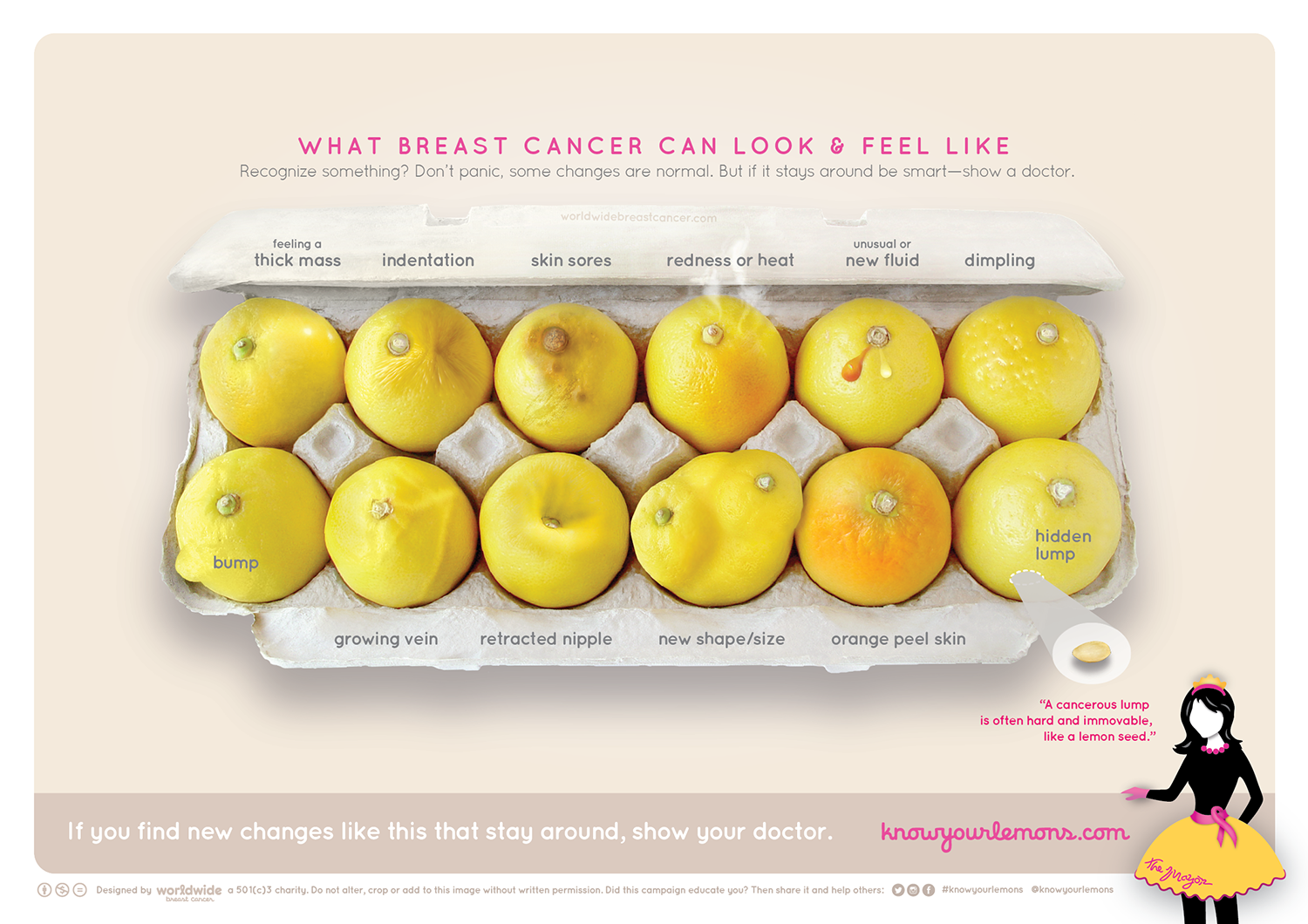An understanding of the main clinical manifestations of breast disease coupled with knowledge of the main diseases enables you to correlate clinical features with pathology (clinicopathologic correlation). The next step is to work out specific clinical manifestations based on your knowledge of disease behaviour and morphology.
This table below highlights some examples of conditions and their clinical features. Fill up more conditions are you go along.

Another very important clinical presentation is the asymptomatic patient with imaging abnormalities from breast screening.
- Why screen? - Detect smaller (earlier) lesions - threshold size for detection is around 1cm (compared to palpation which is around 2cm)
2 main parameters evaluated
- Densities
- Calcifications (worrying: small, irregular, numerous, clustered; linear branching (DCIS))
Don't forget Systemic symptoms too, which can occur in advanced disseminated malignancy; or infections, as well as hormonal or developmental conditions.
MINDMAP: Main Clinical Presentations of Breast Diseases
If you can't play the video, watch it here on YouTube: https://youtu.be/r-C6TLJYQEc
KNOW YOUR LEMONS: Look at this picture from a campaign on Breast Cancer Awareness. Can you figure out the underlying pathology for each lemon?

See how, in real life, the Pathologist would handle a breast case, from the patient to the final pathology report.
